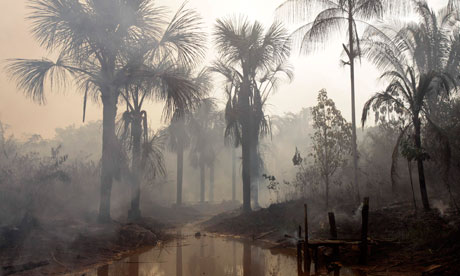Decades of climate change fuel heat waves, droughts, and torrential rains in parts of the Southern Hemisphere, including winter months.
And they could become more frequent and intense, according to a study released by Brazil’s National Institute of Meteorology (Inmet).
The study analyzed climate changes in Brazil over the past six decades.
It revealed that the northeast, north, and parts of the midwest regions have undergone the most significant changes, particularly in the northeast, where temperatures are 1.5°C higher.

The research also suggests the likelihood of increased frequency, intensity, and duration of extreme weather events, such as heat, drought, and floods.
Morning temperatures are also on the rise.
A 2.6°C increase was observed in the north and northeast, while in the southernmost states of Rio Grande do Sul and Santa Catarina, the rise is less pronounced.
Conversely, a slight temperature drop (-0.2°C) was recorded in the southwest of Rio Grande do Sul.
The study also found a decrease in precipitation across the northeast.
Notably, the Cipó station in Bahia recorded a reduction of 685.8 millimeters in annual accumulated precipitation, followed by Parnaíba in Piauí with a 599.5 mm reduction, and Aracaju in Sergipe with 505.9 mm.
In the midwest and southeast regions and some northern areas, less intense reductions in precipitation were identified, ranging between 50 mm and 100 mm.
In contrast, the south, northwest, and parts of the southeast saw increased precipitation between 100 mm and 250 mm in recent years, mainly in the states of Rio Grande do Sul, Santa Catarina, Roraima, and Acre.
Codajás in Amazonas recorded a 741.9 mm increase, Bambuí in Minas Gerais 590.2 mm, and Chapecó in Santa Catarina 509.1 mm.
This week, Brazil experienced a heatwave, resulting in record temperatures in cities like São Paulo and Rio de Janeiro, unprecedented for the austral winter.

